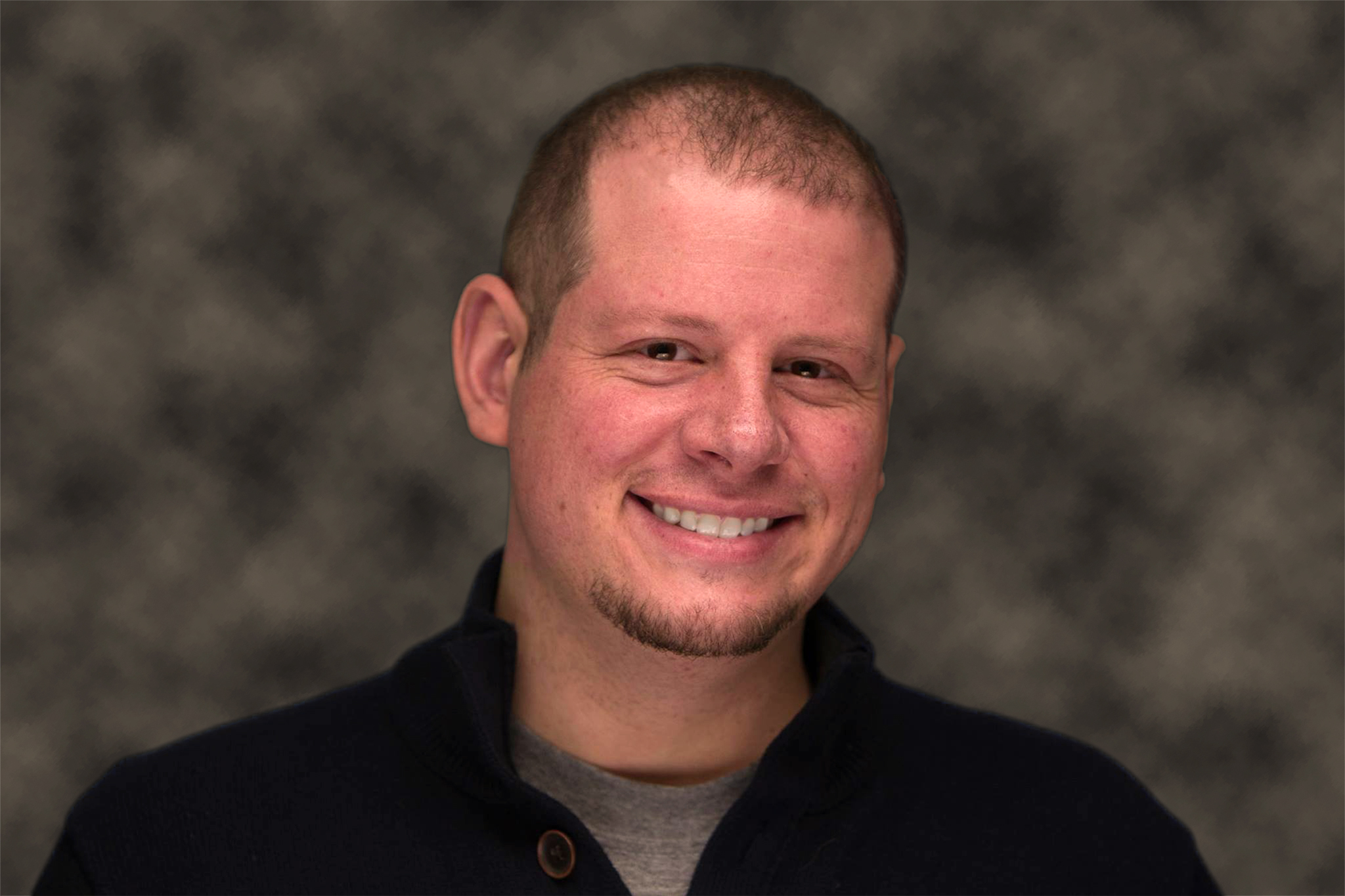
Josh Kohn
Digital Media MS Student
Josh is a second year graduate student at Drexel. He holds a B.A. in Business Administration from Baldwin-Wallace College in Cleveland, OH. He considers himself jack of all trades due to his eclectic personality, focus in production, and his passion for digital media. Alongside his thesis, Josh is currently working on a cognitive psychology video game called Diet Dash for the Department of Psychology at Drexel University.
There’s no question that the hype and demand for virtual reality is on the rise in 2016. Before the debut of the Oculus Rift in 2012, consumer-oriented virtual reality devices were scarce, often featured in amusement parks or as technical prototypes. Virtual reality gives users the ability to experience amazing and unusual experiences in an immersive environment. While virtual reality has been present since 1965, there are still plenty of design questions left to be defined. Josh Kohn’s thesis project aims to define one those areas. Specifically, he is researching the use of physical movement coupled with virtual camera movement to trigger transitions between environments. Multiple research studies have shown that physical movement in a virtual
environment supports a strong immersive and presence-induced experience. “We use movement for a lot of different things in virtual reality, mostly gameplay”, says Josh. “However, virtual reality is a full body experience and any virtual reality experience must properly acknowledge the body.”
His research study, will comparatively study the coupling of virtual camera movements with simultaneous physical movements of the user in terms of user preference and comfort. Without a system that acknowledges the player’s body, a player’s sense of presence or the feeling of “being there” is lost during environmental transitions in a virtual reality game. This is one of the main challenges with creating virtual reality experiences: designing an experience that uses the full potential of virtual reality while also acknowledging the user’s body. Josh and his advisor, Dr. Stefan Rank, are in the process of refining three separate virtual reality experiences based on the Oculus Rift Development Kit 2 that utilize physical movement to trigger or perform transitions between environments. The three prototype experiences are as follows:
- Players can change size by sitting down and standing up. Standing up causing growth whereas sitting down causes players to shrink.
- Players are able to “teleport” between environments by rotating themselves 180 degrees on positioned in-game platforms.
- Players can lean their body forwards into positioned “portals”. Unlike the other two transition methods, the portal will give players a sense of “time change” instead of a change in spatial location.
Josh’s thesis aims to provide additional data on ways that physical movement can be used to enhance virtual reality experiences.
